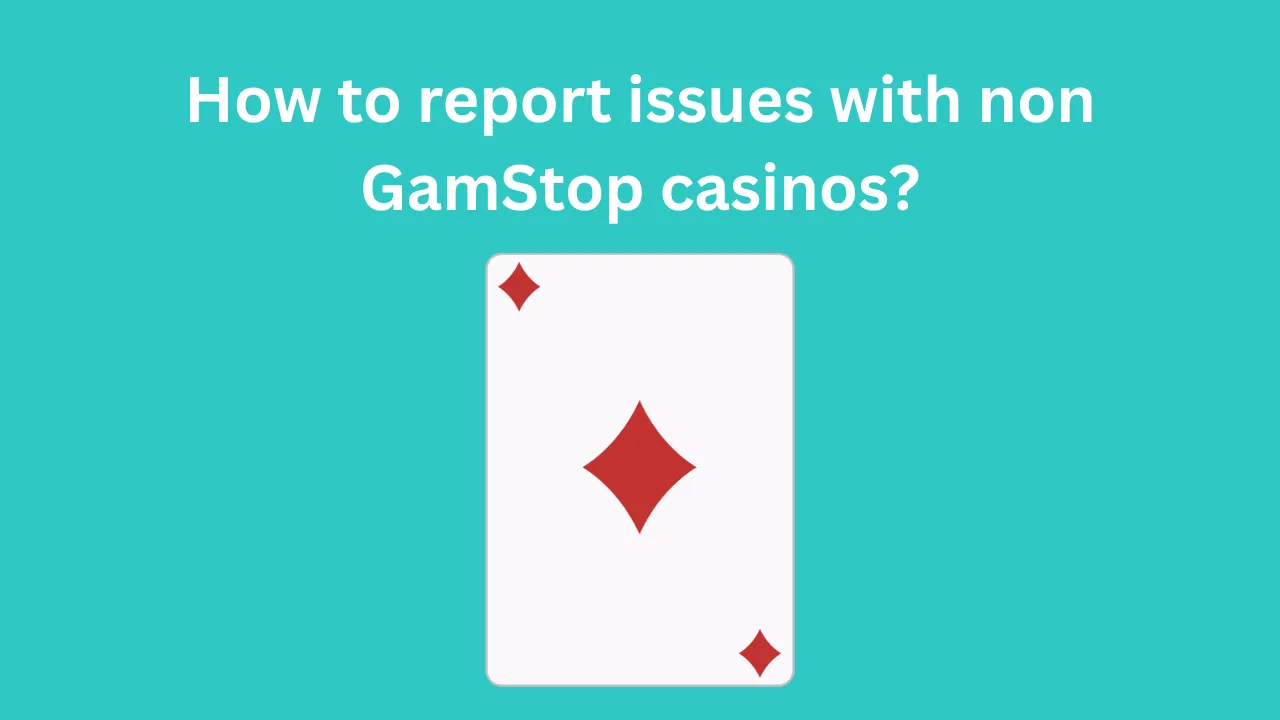The phrase “cash match round” has crept into modern slot vocabulary the way “free spins” did years ago—suddenly it’s everywhere, yet definitions in casual discussion are often vague or conflated with hold-and-spin, pick bonuses, or simple scatter pays. If you have scrolled a paytable lately and seen a horizontal panel listing coin values, mini / minor / major labels, or fixed amounts tied to special icons, you were probably looking at a cash match mechanic (or one of its close relatives). Understanding what these rounds are, how they differ from other bonus architectures, and how their math influences volatility can help you choose games that genuinely fit your bankroll strategy rather than just chasing buzzwords.
A concise working definition: a cash match round is a bonus feature in which individually labeled cash (or coin) symbols appearing on the reels can be awarded (fully or selectively) once a triggering condition—often a number of such symbols plus a special collector, or a scattered threshold—is met. The “match” part refers to the process of matching a collector symbol with displayed cash values, or matching a required count that activates instant aggregation of all visible values. This design externalizes value on the reel surface before it’s awarded, unlike hidden free-spin potential where value realization is deferred. That surface visibility is why players experience high anticipation spikes. In a multi-paragraph sense the mechanic converts latent expected value into explicit on-reel objects you can root for one by one.
Core Structure of a Cash Match Round
At its simplest, the base game contains special cash symbols—each printed with a bet-multiplier (like 1×, 5×, 25×) or a fixed currency value. You trigger the round in one of three prevalent ways: (1) land a threshold number (e.g., six coins) in a single spin; (2) land cash symbols plus a collector icon (e.g., a treasure chest on the final reel); or (3) fill a small meter across sequential spins that guarantees entry once complete. Once inside the round, the usual pattern is a limited set of spins (commonly three) that reset each time you land another cash symbol. Existing cash values remain “sticky,” accumulating until you either run out of allotted spins or fill the entire reel set, which can award a grand or jackpot label. You then receive the sum (or occasionally a multiplicative enhancement) of all locked values.
In the wider landscape of regulated platforms and alternative venues sometimes grouped—shorthand if a little imprecisely—under casinos not on GamStop, the cash match style appears under many brand labels: “Coin Collect,” “Cash Spins,” “Cash Grab,” “Link & Win,” “Hold and Cash,” “Respins with Locked Values.” Despite marketing variety, the underlying skeleton stays quite consistent: reveal discrete cash units, lock or persist them under certain conditions, then pay them out when a completion or exhaustion rule is reached.
Why Designers Use Cash Match Mechanics
Developers mapped a user experience insight: players like visible progress toward immediate value. Traditional free spins promise potential but require future events (wild accumulation, multipliers) to realize payout. Cash match rounds present hard numbers up front—turning abstract RTP into tangible tokens. This taps into the endowment effect: once values are shown on the screen and partially locked, players feel psychological ownership, intensifying engagement and session stickiness.
Distinguishing Cash Match from Hold-and-Spin Clones
Many titles blur lines, but a strict hold-and-spin design always gives you a respin set of life counters and focuses on filling spaces. Cash match may incorporate respins, yet its defining trait is explicit matching or collecting of displayed cash units through a trigger synergy (collector + cash, threshold count, or pattern). Some hybrids add boosters (e.g., a “double” symbol that multiplies all present cash values, or a “plus” symbol that increments every locked coin). These booster layers deepen volatility by enabling exponential leaps late in the round.
Volatility Shaping and Bankroll Implications
Cash match rounds usually contribute a significant chunk of overall RTP via medium-frequency, medium-impact events rather than extremely rare super bonuses. However, volatility can vary widely depending on: distribution of coin values (flat vs. heavy-tail), presence of progressive or fixed jackpots inside the grid, frequency of booster symbols, and probability of grid completion. If most coins are 1–5× with rare 50×, you get smoother curves. Add multipliers that can duplicate all locked values and you suddenly inject long-tail variance. Players with smaller bankrolls should favor games whose paytables show tighter value bands and fewer compounding boosters; high-risk chasers may seek exactly the opposite.
Mathematical Intuition
Imagine a 5×3 grid with six initial coin symbols required to trigger a cash match round. Each coin’s value is drawn from a distribution (say 1× with probability 0.5, 2× with 0.25, 5× with 0.15, 10× with 0.08, 25× with 0.02). The expected sum for six random coins on trigger is the linear expectation of that distribution times six. The respin sub-loop adds a branching process: each remaining life (spin) either lands at least one new coin (resetting lives to three) or not (decrementing life by one). Probability of continuation hinges on per-spin coin appearance rate across remaining empty cells. The round’s expected total grows as an absorbing Markov chain with states defined by (empty_cells, lives). Booster symbols alter transition rewards, not just transition probabilities, complicating closed-form EV but still tractable in simulation. You don’t need to run the math every session; appreciating that each new coin simultaneously adds value and extends opportunity helps you assess risk dynamically—if you have many empty cells left and only one life, your distribution still has tail potential, but expected incremental value per spin diminishes.
Symbol Taxonomy Inside Cash Match Rounds
Common symbol tiers include: standard cash (fixed value multipliers), mini / minor / major / grand jackpot tokens (fixed large awards), boosters (add +X to all, multiply all, collect + reset), expanders (unlock extra rows), and persistent modifiers (each subsequent coin gains +1×). Recognizing which of these are present informs whether you should psychologically anchor to base coin totals or remain patient for late-state explosive modifiers. In persistent scenarios, early landing of a +1 global increment symbol dramatically increases expected slope of later accrual.
Comparison with Free Spin Bonus Logic
Free spins delay valuation: you enter with a budget (number of spins) that may or may not produce significant line wins depending on RNG and multipliers. Cash match rounds invert this: baseline value appears immediately; incremental spins exist to accumulate rather than discover value. Emotional pacing differs: in free spins you anticipate events (wild stacks, retriggers); in cash match you guard retention (preserving lives to harvest more visible tokens). This is why some players alternate between the two feature types during a session—to vary psychological texture and reduce monotony.
Player Psychology and Ownership Illusion
Once coin values are visible, the brain partially encodes them as already possessed due to object permanence in working memory. Losing the round early feels like losing something tangible, even though you never owned more than the triggered baseline. Designers exploit this ethically (within regulated boundaries) by ensuring rules are transparent; the excitement stems from value accumulation, not obscured probability. Awareness of this effect helps you maintain rational stake sizing despite near-miss exhaustion (e.g., ending with multiple empty cells).
Reading a Paytable Efficiently
When you first open a slot featuring a cash match mechanic, scan: trigger rule (count, collector, pattern), initial life allotment (three is standard but variations exist), coin distribution hints (range of bet multipliers), booster list, jackpot inclusions, and grid expansion potential. If expansion exists (e.g., unlocking sixth row), note whether expansion consumes a life or is free. Expansion drastically increases continuation probability by adding more empty cells where new coins can land—a structural volatility amplifier.
Practical Bankroll Strategy
Decide your stake relative to expected trigger frequency. If triggers average every ~120 base spins and your bankroll allows 600 spins, you can expect roughly five rounds—enough for variance smoothing. If bankroll only covers ~150 spins, consider reducing stake or choosing a game with a more frequent (e.g., every 70–80 spins) cash match entry profile. Avoid raising stakes after a “dry” stretch; the underlying probability is memoryless. Instead, treat each trigger as data for variance observation, not signal for escalation.
Jackpot Layer Considerations
Some cash match implementations embed static jackpots (mini/minor/major/grand) as labeled symbols whose probabilities are independent of coin value distribution. Others map jackpots onto high-end coin outcomes (a 500× coin equals a major). Distinguishing these affects perceived top-tail variance. A separate symbol set for jackpots introduces discrete jumps; integrated high-value coins create a smoother probability continuum, albeit with heavy tail mass. If your goal is consistent medium wins, favor designs with capped top coin values and fewer large discrete jackpots.
Common Misconceptions
Players sometimes believe coins “cycle” through values or that after many low-value triggers a high-value trigger becomes more likely. Unless the game explicitly states progressive accumulation (rare in standard cash match), each spin is an independent RNG event. Distribution weighting doesn’t shift to compensate for prior outcomes. Another misconception: expanding the grid guarantees higher total EV. While expansion adds capacity and continuation probability, if booster density is low the marginal expected gain per new cell can diminish compared to a more booster-rich but smaller grid.
Responsible Play and Session Closure
Because cash match rounds present value early, they can incentivize chasing “one more trigger” after a near-big hit. Predefine a feature count goal (e.g., stop after five cash match rounds or after doubling session bankroll, whichever comes first). Logging triggers, average coin total on entry, and final awarded total builds a factual dataset that dispels selective memory (“I always bust just before a huge booster”). Active logging strengthens self-regulation and aligns with responsible gaming best practices.
Future Evolution of Cash Match Rounds
Expect more layered modifiers (e.g., symbols that clone highest coin, dynamic volatility toggles where players choose between more frequent low-value or rarer high-value coin distributions, or community pooled cash match meters). We may also see dynamic disclosure panels that estimate average remaining EV given current locked values and lives—a transparency enhancement mirroring trends toward clearer UX in other game genres.
Final Perspective
Cash match rounds thrive because they externalize potential value, marry visible accumulation with simple persistence rules (lives resetting on success), and provide a rhythmic counterpoint to free spin variance cycles. They supply designers with a versatile canvas: tweak coin distribution, booster frequency, expansion rules, or jackpot layering and you can dial volatility anywhere from casual-friendly to streamer-grade extreme. For players, decoding these mechanics turns what might look like random fireworks into a structured process you can evaluate, plan for, and genuinely enjoy without surrendering to superstition. Treat cash match rounds as a transparent, modular branch of bonus design—learn their trigger math, respect their variance profile, and integrate them into bankroll strategy with clear entry and exit rules. In doing so you elevate the experience from passive watching to informed entertainment.




